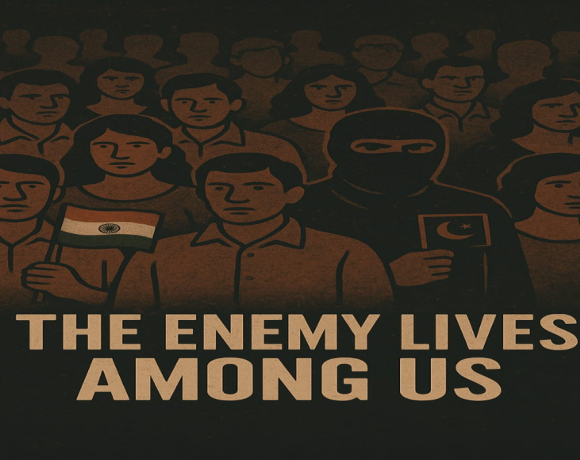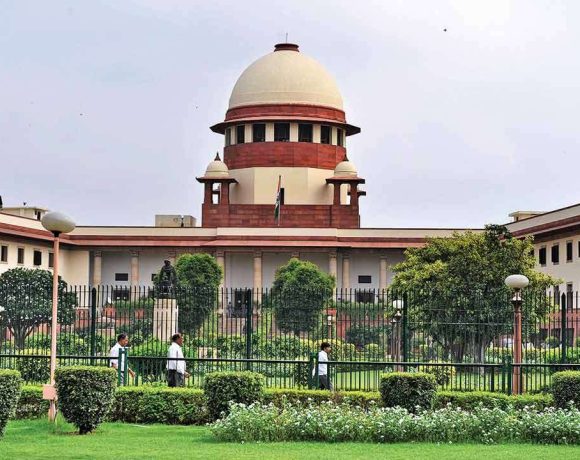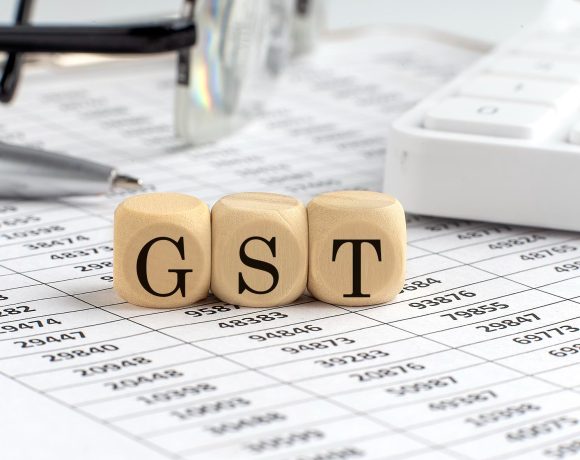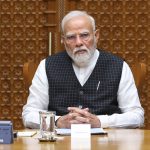
Protests as India’s New Veto Power: Why the Noise Bends the Judiciary and Government
Protests have become the new “veto power” in India. If you can mobilize a few thousand loud, persistent protestors, you can often stall or kill a policy — regardless of whether it benefits the larger public.
So yes, it’s easy to organise protests in India — but it’s even easier for the system to surrender before them.
The great irony of Indian democracy today is that laws and judgments passed after months of deliberation can be toppled by just a few days of protest and some well-staged street theatre. Our democracy is robust, but our institutions increasingly behave like a nervous parent trying to quieten a screaming toddler in the supermarket: give them the candy and hope they stop yelling.
When the Judiciary Bent: The Stray Dog Circus
If the executive could bend, why should the judiciary miss out on the fun? The Supreme Court’s recent order on stray dogs is a masterclass in appeasement. Aggressive and rabid dogs, the Court says, will not be released. Noble thought. But for the rest, after sterilisation and vaccination, they return to the streets. Meanwhile, feeding dogs on public roads is banned — but don’t worry, municipalities will set up special feeding zones, as if India’s cities have no other pressing priorities. In short: a carefully stitched compromise that leaves everyone equally dissatisfied, but activists quiet for now. That’s what counts, apparently.
When the Government Bent: The Farm Laws
Let’s recall the farm law saga. The government, armed with a parliamentary mandate, pushed reforms after years of economic advice and expert consultations. Yet, when tractors rolled in and tents went up at Delhi’s borders, the entire edifice collapsed. The government could have explained, negotiated, and fine-tuned. Instead, it folded like a poorly made umbrella in the monsoon. Reforms that might have modernised agriculture were sacrificed at the altar of noise.
The CAA Example: Parliamentary Mandate Meets Street Drama
The Citizenship Amendment Act, passed in Parliament, became another victim of the veto-by-protest culture. Road blockades, sit-ins, and headlines slowed its implementation to a crawl. Forget majority will or legislative supremacy — in modern India, the litmus test of a law’s survival is not whether it passes Parliament, but whether it can survive a dharna at Jantar Mantar.
Why Protests Are So Easy
Protests are easier than policy. Social media can manufacture outrage overnight. A hashtag trends, an influencer cries foul, and suddenly the nation is on fire — at least on television screens. Emotional slogans outgun policy arguments every time. Interest groups, from farm unions to NGOs, have cadres ready for deployment at the drop of a megaphone. And the media? They adore protests. Burning effigies and shouting slogans make better visuals than explaining agricultural market reforms or municipal bylaws.
The Silent Majority
And then there’s the silent majority. Taxpayers, commuters, ordinary residents. They don’t block highways, they don’t squat outside Parliament, and they don’t chant slogans in unison. They just pay their taxes, show up to work, and hope the system does its job. In return, they get bitten by stray dogs, stuck in traffic because of protests, and handed the bill for reforms that never happen. Their silence is mistaken for consent, when in reality it’s fatigue.
The Cost of Bending
Every time the government and judiciary bend to noise, they create a precedent. Reform becomes riskier, judgments become hedged, and the credibility of institutions shrinks. Why should any group respect Parliament or Court orders, when they know persistence and decibels can achieve more than reason or ballots? It is governance by tantrum, law by intimidation.
Conclusion – Time to Grow a Spine
Protests are a democratic right, but they are not meant to be vetoes. A mature democracy must hear dissent, but it must also draw lines. India’s Judiciary and Government must first think reforms and judgments through — weigh the costs, consult widely, anticipate backlash — and then, once decided, actually pretend to have a backbone. Right now, both branches seem to operate on the motto: why govern when you can just surrender? It’s governance by loudspeaker, jurisprudence by hashtag. If every slogan can bend the courts and every tent on a highway can paralyse the cabinet, then why bother with elections, why bother with constitutional processes? Let’s just declare the loudest protest as the law of the land. Unless the Judiciary and the Government rediscover their spines, India’s democracy will continue to run not on courage or conviction, but on the decibel level of the next mob with a banner.


















